Are high-scoring coffees wasted on cold brew?
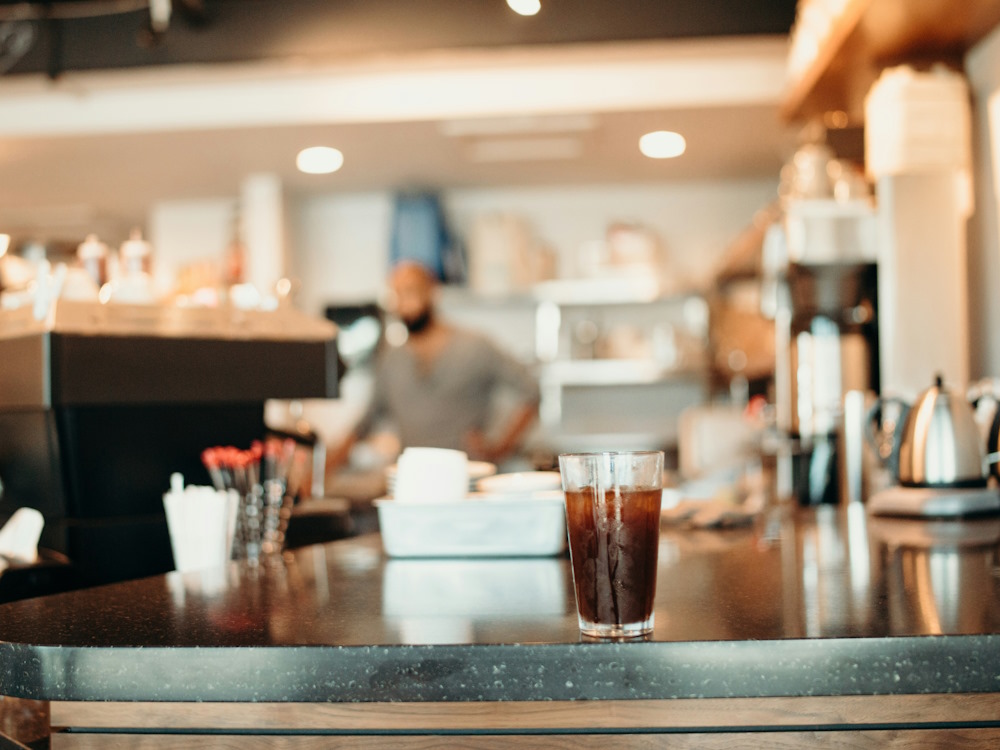
The cold coffee boom is still in progress. As more and more roasters find new ways to enter this market – especially the ready-to-drink segment – innovation becomes an increasingly important factor. In turn, the quality of cold coffee products only keeps growing.
Cold brew has been at the forefront of the cold coffee movement for some time now. As a staple on café menus, cold brew has helped to push the boundaries of what is possible with cold coffee.
Compared to other brewing methods, however, many believe that there are inherent limitations with cold brew, especially in terms of expressing a coffee’s full flavour profile. Essentially, lower brew temperatures result in less acidity, which can mean that some of the “brighter” and more complex coffees could lose their most standout characteristics. Similarly, for coffees which receive higher cupping scores, it’s important to explore whether cold brew is ever a suitable option.
To learn more, I spoke to Danny Pang, Technical Sales Manager at Marco Beverage Systems, and Chris Rutter, Sales & Marketing Director at TORR Industries.
You may also like our article on why the coffee industry needs to take food safety seriously.
Cold brew: A pioneer of the cold coffee movement
Today, there is a wide variety of cold coffee drinks to choose from. Some of these include:
Iced drinks, such as iced americanos and iced lattes
Coffee concentrates (which can be diluted with water and milk)
Ready-to-drink (RTD) lattes
One of the most notable examples is La Colombe’s RTD draft lattes, which include “gasser-shakers” that inject the liquid with nitrous oxide to create a much foamier texture. The company recently rebranded its draft lattes following Chobani’s acquisition of La Colombe in December 2023
Signature beverages, such as the espresso tonic
Flash brew, when coffee is brewed hot over ice to quickly cool the liquid
But just a few years ago, cold brew was the only cold coffee option available. The drink became wildly popular among younger consumers – largely because of its sweeter and less acidic flavour profile, as well as how convenient and quick it was to serve.
Danny Pang is the Technical Sales Manager at Marco Beverage Systems – a manufacturer of innovative beverage solutions for coffee shops and other hospitality businesses.
“Cold brew’s appeal can be summed up in three points,” he says. “Firstly, it’s convenient to serve and drink on-the-go. Secondly, you can drink it straight away without waiting for it to cool, and thirdly, customers often prefer the taste of cold brew over iced coffee, which can be a little more bitter.”
Although consumers have more choice of cold coffee drinks than ever before, cold brew is still incredibly popular. According to the National Coffee Association’s fall 2023 National Coffee Data Trends report, consumption of cold brew in the US alone has increased by a staggering 300% over the past seven years.
How cold brew methods have evolved
When cold brew first started to appear on coffee shop menus, preparation methods were relatively simple. Baristas would steep ground coffee in fresh cold water for up to 24 hours to create ready-to-drink cold brew or concentrate – depending on the coffee-to-water ratio used.
Kyoto-style cold drip is another option, but it can take up to eight hours to prepare only eight cups.
Chris Rutter is the Sales & Marketing Director at TORR Industries – a major supplier of bag, box, and pouch filling solutions for liquid products, including cold brew. He explains how different cold brewing methods create different flavour profiles.
“Since cold brew is traditionally prepared at lower temperatures for longer periods of time, different volatile compounds are extracted compared to when you brew with hot water,” he tells me.
“Immersion brewing is a passive process as coffee grounds are steeped in cold water over 12 to 24 hours,” he adds. “This is a rather crude method that doesn’t allow you to control different extraction variables.
“Kyoto-style cold drip, meanwhile, is an active process because cold water constantly passes through the coffee bed,” Chris continues. “This method gives you much more control over the extraction process, and thereby allows you to serve higher-quality cold coffee beverages.”
New technology means faster cold brew
In recent years, however, there has been an increasing number of companies who have manufactured machines which can prepare cold brew and concentrate within minutes as opposed to hours. This, of course, has revolutionised how coffee shops can prepare and serve cold brew – improving both quality and freshness. Some of these machines include:
Marco’s ColdBRU system, which prepares coffee concentrate in three hours or less
TORR’s HIVE Brew Café, which uses controlled percolation technology to extract cold brew through a system of individual brewing chambers
The Baby Hardtank, which brews 4l of coffee or tea beverages in less than an hour
Should we ever use high-scoring coffees for cold brew?
As a result of significantly lower brewing temperatures, cold brew is inevitably less acidic (and arguably not as complex) compared to other coffee beverages. This makes choosing which coffee to use – whether based on origin, processing method, or variety – even more essential.
It’s always important to use excellent coffee, no matter the brewing method. However, when it comes to higher-scoring (especially those that have 90-plus points) and more complex or nuanced coffees, is cold brew ever a viable option?
According to Danny, with more advanced cold brew technology now available, it is possible to experience more layered and delicate flavour profiles when preparing higher-quality coffee as cold brew.
“Using our ColdBRU system, we conducted numerous trials using freshly roasted coffee processed in a number of ways – including washed, natural, and anaerobic fermentation,” he says. “More often than not, we were able to preserve most of the delicate floral and fruity notes in the higher-quality coffee.”
Chris agrees, and says using higher-scoring lots to make cold coffee drinks can give cafés and roasters an upper hand.
“Including more unique and exclusive cold coffee beverages on your menu provides an important differential advantage and helps build brand loyalty,” he tells me. “In fact, this is no longer a luxury, but a requirement to compete in today’s retail coffee market.”
Best practices for preparing excellent cold brew
The decision to prepare cold brew with higher-scoring coffees is one based on either personal preferences or business needs. If you choose to do so, it’s essential to make sure you dial in a coffee properly.
“When using any kind of cold coffee extraction, start by considering what you want the customer to experience,” Chris says. “Are you looking for more vibrant and complex flavours, or something more traditional with chocolate, caramel, and roasty notes? From here, decide on a certain origin, variety, processing method, and roast profile, and figure out the best coffee-to-water ratio, grind size, and specific TDS level.
“Once you lock in these variables, you can adjust time and flow rate to dial in the perfect cup,” he adds.
Danny points out that controlling brew time is one of the most important ways to extract more delicate and desirable flavour notes.
“We prepared the same coffee as cold brew using immersion methods (one batch brewed overnight and the other for up to 12 hours) and a two-hour percolation method,” he explains. “The difference in results was night and day. This is because longer brew times increases the chance that the liquid will oxidise and taste stale.
“In turn, you will also lose more volatile aromas and flavours,” he adds.
What is the best coffee for cold brew?
You can prepare cold brew with any kind of coffee, but Danny has some suggestions.
“If you like a more refreshing, acidic, and fruity flavour profile, I would recommend light roast washed, natural, or honey processed African coffees, or varieties such as Gesha, Bourbon, or Typica,” he says. “These coffees are best enjoyed without milk.”
“Meanwhile, medium to medium-dark roasts sourced from any origin will be less acidic and have a smoother, bolder, and richer body with more caramel and chocolate notes,” Danny adds. “Adding milk to these coffees works well.”
Chris agrees that there are many options to choose from to provide a wide range of flavour experiences for cold brew, but also offers his own recommendations.
“My personal choice would be a Guatemalan and Yirgacheffe blend,” he tells me. “You get some syrupy chocolate notes with a sweet blueberry finish.”
The quality of cold brew has most definitely improved in recent years – but whether we should use high-scoring coffees to prepare it divides opinion.
Ultimately, it comes down to personal preference. And with new technology allowing roasters and coffee shops to get the best out of their cold brew, a little experimentation with higher-quality coffees could be worthwhile.
Enjoyed this? Then read our article on how coffee shops can improve their cold brew.
Photo credits: Taller Stories, Mike Luke
Perfect Daily Grind
Want to read more articles like this? Sign up for our newsletter!
The post Are high-scoring coffees wasted on cold brew? appeared first on Perfect Daily Grind.
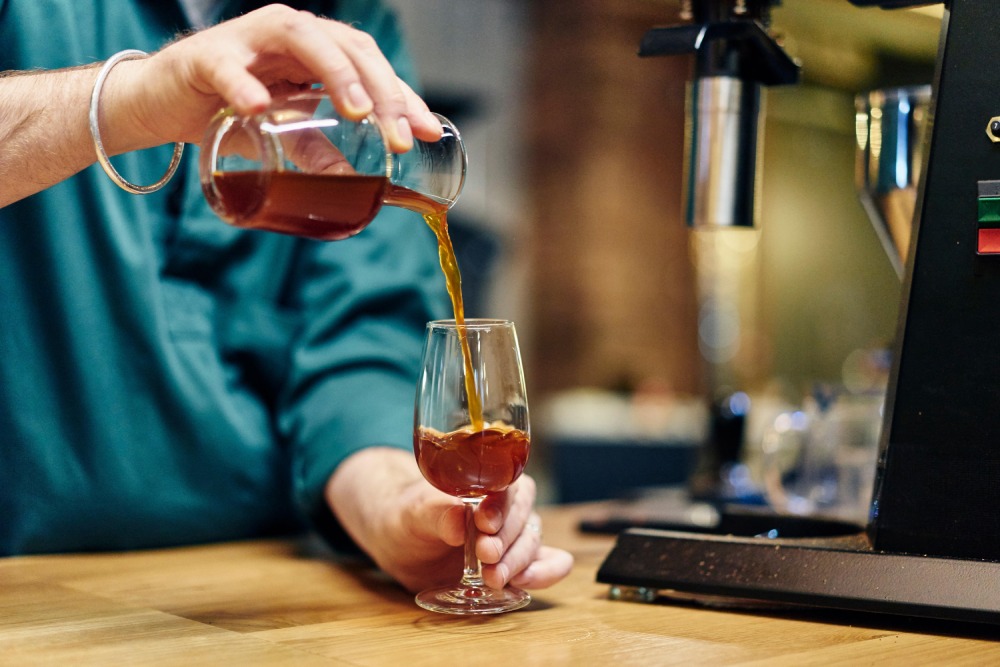
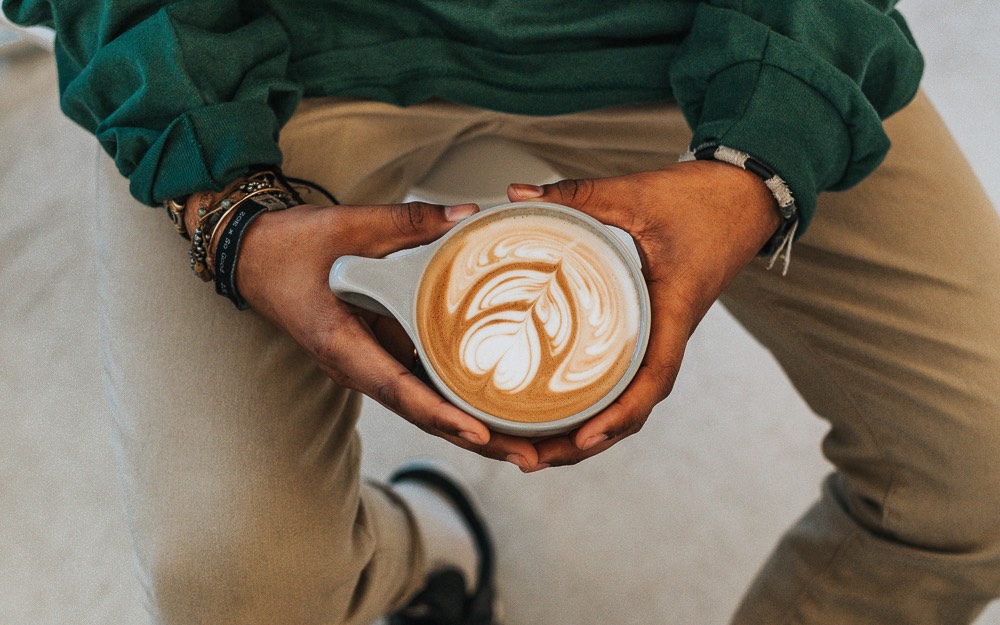
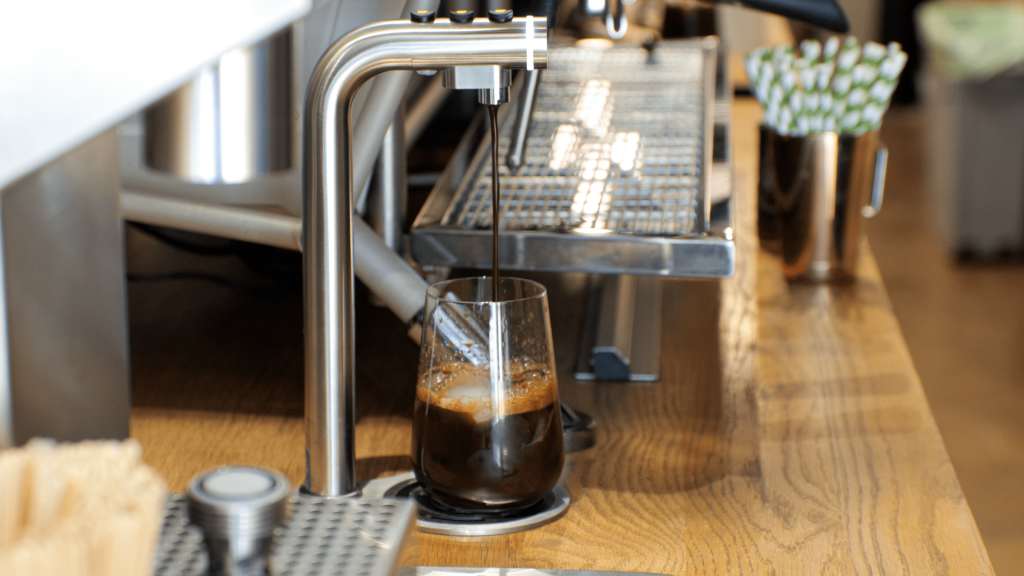
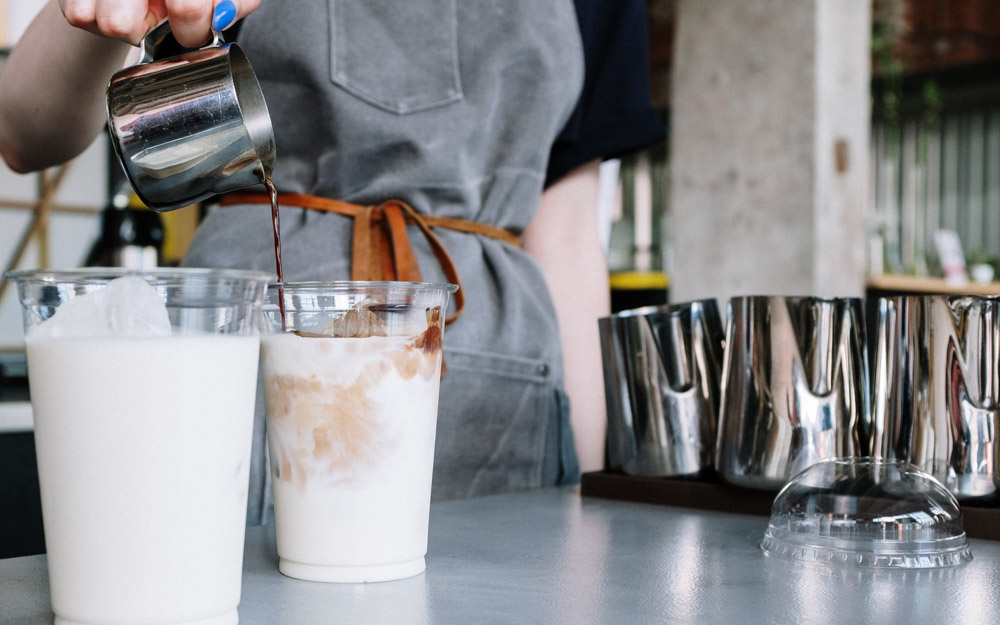
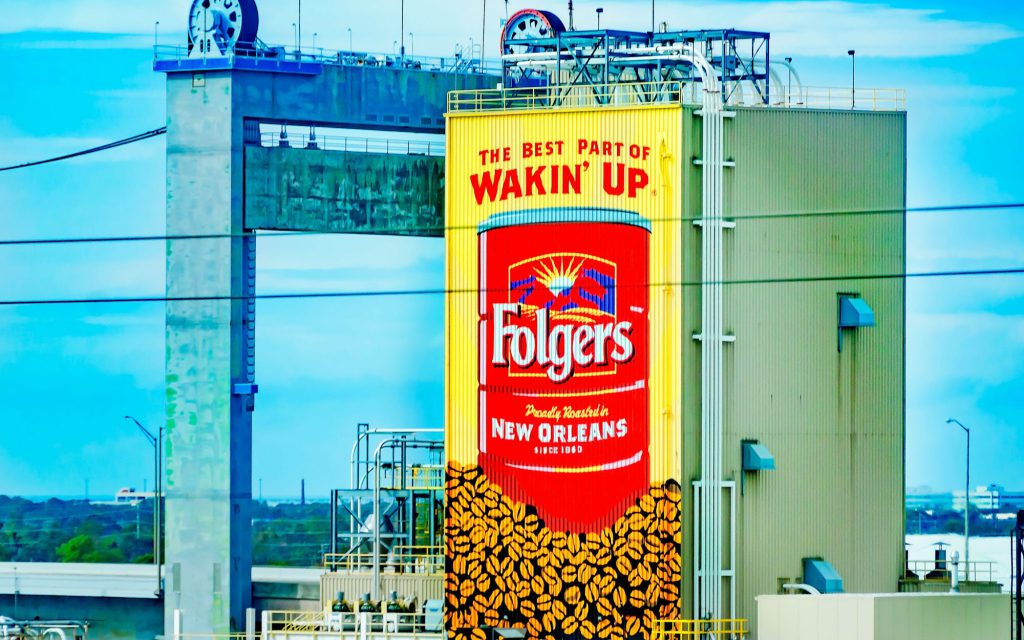
Responses